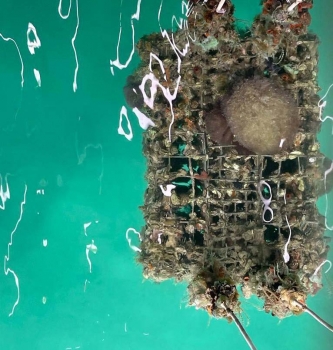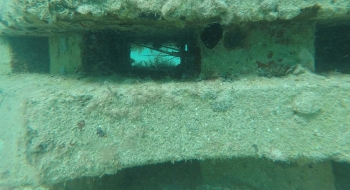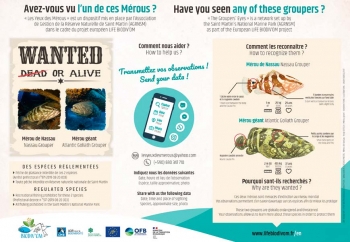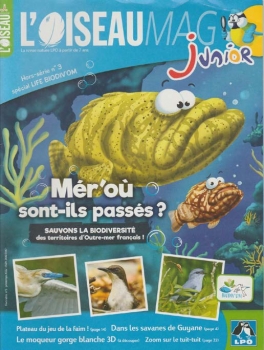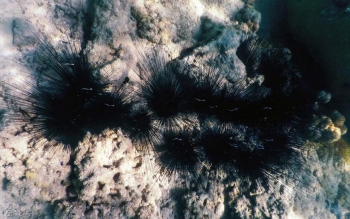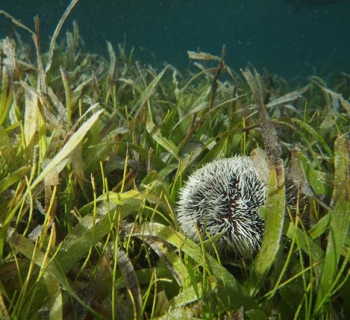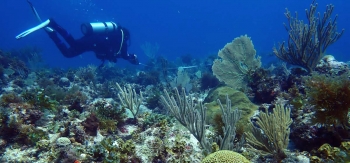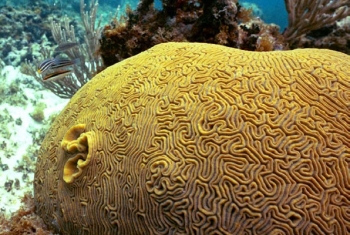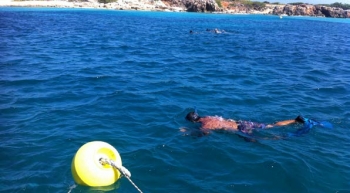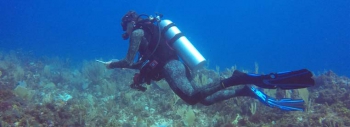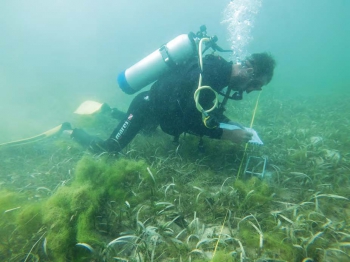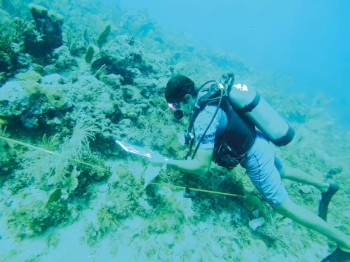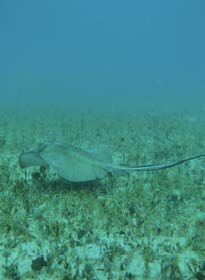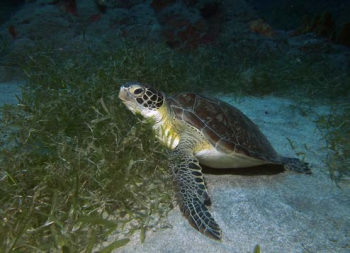Action CS3 : Develop and test rehabilitation programs for coral communities and associated species
Action CS7 : Develop and test rehabilitation programs for seagrass beds
Action MS31 : Develop and strengthen partnerships with the Community, state services, the Tourist Office, the Rectorate, and local institutions and associations
Maël Andrieux, a master’s student in Water Sciences and the Dynamics of Aquatic Ecosystems at the University of Pau and the Pays de l’Adour, completed his end-of-study internship at the Saint Martin Nature Reserve Management Association, as a project manager for mitigating the impacts of port developments on the coastal biodiversity of Saint Martin. As part of his responsibilities, he actively participated in the monitoring of 40 Biohuts – artificial nurseries for aquatic fauna – but also in the creation of informational panels at the three port sites of Galisbay, Fort Louis Marina, and Anse Marcel Marina. On October 7, 2023, his internship defense allowed him to validate his Master’s degree. Today, the Saint Martin Nature Reserve Management Association is considering the next steps for this project, which will require mobilizing new funding. The positive point is that the three port entities are in favor of continuing this innovative program that is beneficial for the marine ecosystem.


